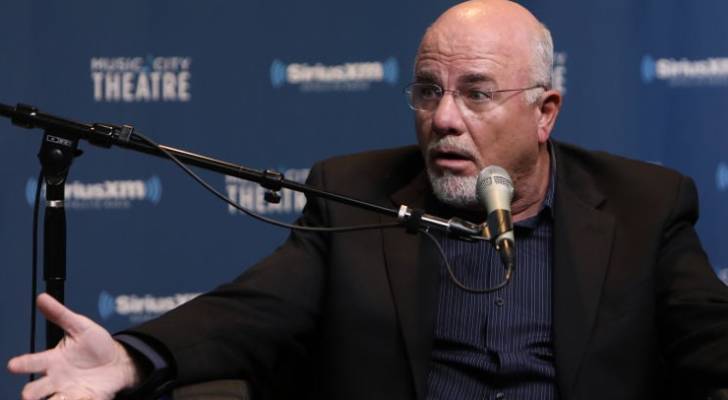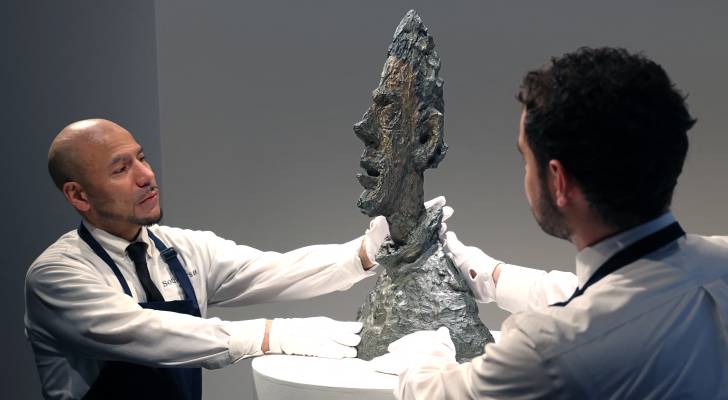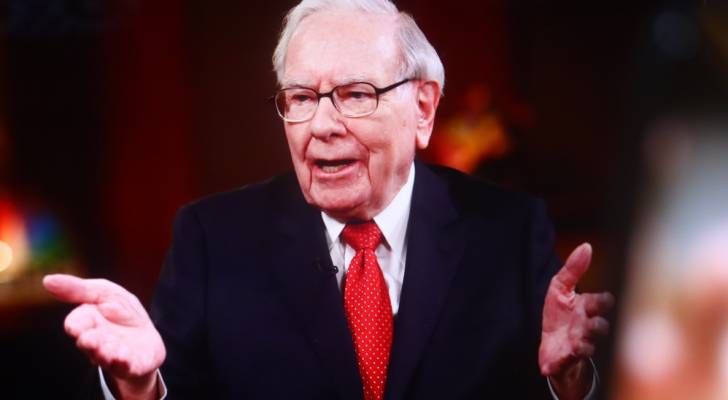Dave Ramsey issued a blunt reality check to Americans under 40: ‘If you don’t retire a millionaire, that’s no one’s fault but yours.’ Here’s the math to hit $11,600,000 at 65


We adhere to strict standards of editorial integrity to help you make decisions with confidence. Some or all links contained within this article are paid links. While the headlines have been dominated by a rollercoaster in the stock market, financial guru Dave Ramsey isn’t going doom-and-gloom. In fact, the radio host believes every young American […]
JPMorgan studied 5 million retirees across America — and found 3 surprising spending shockers. Is your 7-figure nest-egg actually hurting you?


We adhere to strict standards of editorial integrity to help you make decisions with confidence. Some or all links contained within this article are paid links. Most retirees worry about running out of money because of spiralling inflation and unexpected medical costs as they age. However, after studying the spending patterns of five million retirees, […]
NFL legend Steve Young still drives a broken down 2011 Toyota Sienna with 132,000 miles — made over $49M in football but Dad told him to ‘get the most’ out of cars. Here’s what you can learn


We adhere to strict standards of editorial integrity to help you make decisions with confidence. Some or all links contained within this article are paid links. Legendary 49ers quarterback Steve Young earned nearly $49 million playing football, according to Spotrac, but you’d never guess it from the beaten-up 2011 Toyota Sienna he drives. In a […]
America’s seniors are happiest living in these 5 US states, study says — do you live in one of them?


We adhere to strict standards of editorial integrity to help you make decisions with confidence. Some or all links contained within this article are paid links. One of the great perks of reaching your golden years is the newfound freedom to live wherever you choose. With the kids out of the house and work no […]
Almost every millionaire in America owns these 5 simple things. You may have most of them already — and you could have them all


We adhere to strict standards of editorial integrity to help you make decisions with confidence. Some or all links contained within this article are paid links. The average net worth among U.S. households in 2022 was $1,063,700, according to the Federal Reserve. However, the median net worth was only $192,900, suggesting that most Americans are […]
Failed Sotheby’s auction of $70,000,000 bronze bust leaves bidders speechless, art insiders stunned — here’s how the jaw-dropping turn of events unfolded


We adhere to strict standards of editorial integrity to help you make decisions with confidence. Some or all links contained within this article are paid links. What was meant to be a quick sale of a rare antique turned into a sobering reminder of the hidden risks of so-called alternative assets. “Grande tête mince” — […]
Warren Buffett has a ‘big worry’ over the US dollar ‘really going to hell’ — warns fiscal policy is what really scares him in America. Here’s why (plus 3 ways to protect yourself now)


We adhere to strict standards of editorial integrity to help you make decisions with confidence. Some or all links contained within this article are paid links. With a whopping $348 billion in cash on Berkshire Hathaway’s balance sheet, it’s easy to assume Warren Buffett has no worries at all. But in a recent meeting with […]
Here’s the 1 surprising thing that happens when you draw down your 401(k) to boost Social Security — shrewd move or bonehead choice?


We adhere to strict standards of editorial integrity to help you make decisions with confidence. Some or all links contained within this article are paid links. On paper, drawing down your 401(k) to delay Social Security benefits seems like a clever maneuver. After all, the monthly benefit check grows larger for every year that you […]
My wife and I, both 79, are trying to survive on $2K/month from Social Security. Our house is paid off and we have $50K in savings, but we’re scared of running out of cash — what do we do?


We adhere to strict standards of editorial integrity to help you make decisions with confidence. Some or all links contained within this article are paid links. Running out of money during your retirement can take the shine off your golden years, and the risk might be greater than you think. After all, the average life […]
This Brooklyn landlord with diabetes is clashing with tenant over 1st-floor unit, unpaid rent — but tenant is going nowhere and accuses him of harassment. Who’s right?


We adhere to strict standards of editorial integrity to help you make decisions with confidence. Some or all links contained within this article are paid links. A landlord-tenant showdown in Borough Park has raised questions about housing rights, health needs and who gets to decide who stays and who goes. Landlord Aneiello DeGiuda, a diabetic […]
